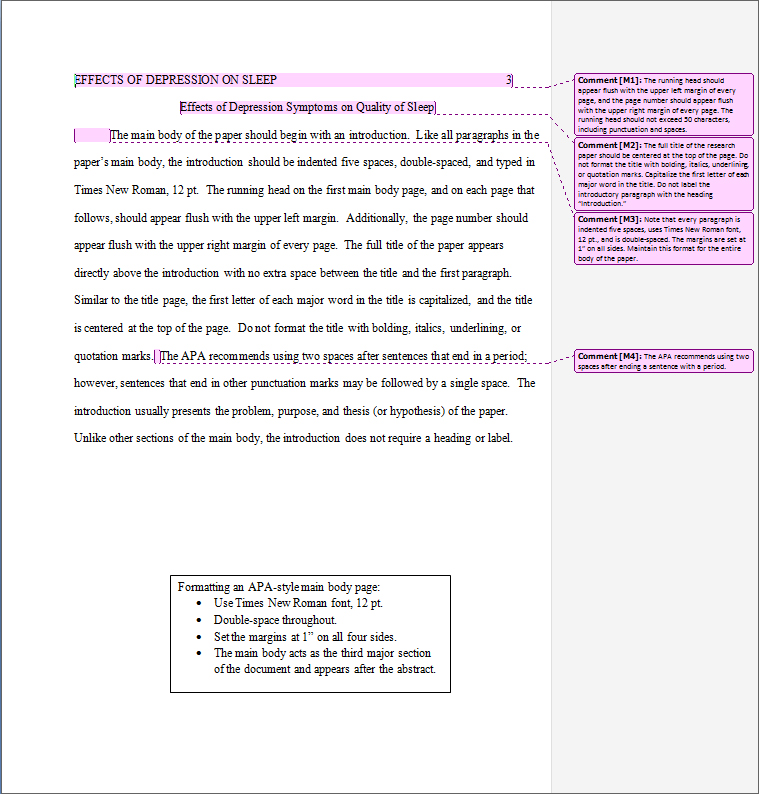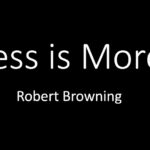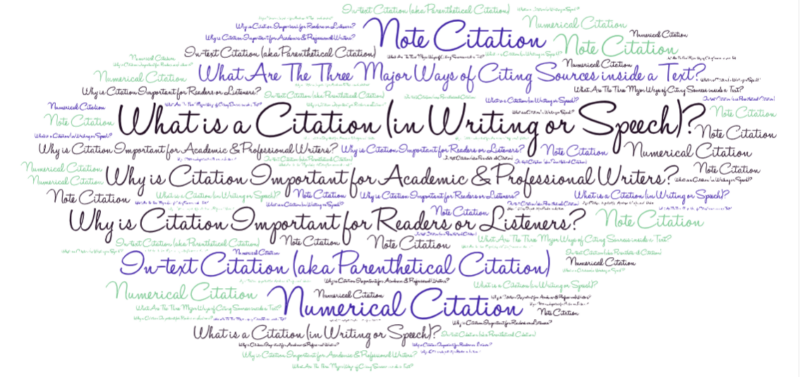- Privacy Policy

Home » Research Paper – Structure, Examples and Writing Guide

Research Paper – Structure, Examples and Writing Guide
Table of Contents
A research paper is a detailed academic document that presents the results of a study or investigation. It involves critical analysis, evidence-based arguments, and a thorough exploration of a specific topic. Writing a research paper requires following a structured format to ensure clarity, coherence, and academic rigor. This article explains the structure of a research paper, provides examples, and offers a practical writing guide.

Research Paper
A research paper is a formal document that reports on original research or synthesizes existing knowledge on a specific topic. It aims to explore a research question, present findings, and contribute to the broader field of study.
For example, a research paper in environmental science may investigate the effects of urbanization on local biodiversity, presenting data and interpretations supported by credible sources.
Importance of Research Papers
- Knowledge Contribution: Adds to the academic or professional understanding of a subject.
- Skill Development: Enhances critical thinking, analytical, and writing skills.
- Evidence-Based Arguments: Encourages the use of reliable sources to support claims.
- Professional Recognition: Serves as a medium for sharing findings with peers and stakeholders.
Structure of a Research Paper
1. title page.
The title page includes the paper’s title, author’s name(s), affiliation(s), and submission date.
- Title: “The Impact of Remote Work on Employee Productivity During the COVID-19 Pandemic”
- Author: Jane Doe
- Affiliation: XYZ University
2. Abstract
A concise summary of the research, typically 150–300 words, covering the purpose, methods, results, and conclusions.
- Example: “This study examines the effects of remote work on employee productivity. Data collected from surveys and interviews revealed that productivity increased for 65% of respondents, primarily due to flexible schedules and reduced commuting times.”
3. Introduction
The introduction sets the context for the research, explains its significance, and presents the research question or hypothesis.
- Background information.
- Problem statement.
- Objectives and research questions.
- Example: “With the rapid shift to remote work during the pandemic, understanding its impact on productivity has become crucial. This study aims to explore the benefits and challenges of remote work in various industries.”
4. Literature Review
The literature review summarizes and critiques existing research, identifying gaps that the current study addresses.
- Overview of relevant studies.
- Theoretical frameworks.
- Research gaps.
- Example: “Previous studies highlight improved flexibility in remote work but lack comprehensive insights into its impact on team collaboration and long-term productivity.”
5. Methodology
This section explains how the research was conducted, ensuring transparency and replicability.
- Research design (qualitative, quantitative, or mixed methods).
- Data collection methods (surveys, interviews, experiments).
- Data analysis techniques.
- Ethical considerations.
- Example: “A mixed-methods approach was adopted, using online surveys to collect quantitative data from 200 employees and semi-structured interviews with 20 managers to gather qualitative insights.”
The results section presents the findings of the research in an objective manner, often using tables, graphs, or charts.
- Example: “Survey results indicated that 70% of employees reported higher job satisfaction, while 40% experienced challenges with communication.”
7. Discussion
This section interprets the results, relates them to the research questions, and compares them with findings from previous studies.
- Analysis and interpretation.
- Implications of the findings.
- Limitations of the study.
- Example: “The findings suggest that while remote work enhances individual productivity, it poses challenges for team-based tasks, highlighting the need for improved communication tools.”
8. Conclusion
The conclusion summarizes the key findings, emphasizes their significance, and suggests future research directions.
- Example: “This study demonstrates that remote work can enhance productivity, but organizations must address communication barriers to maximize its benefits. Future research should focus on sector-specific impacts of remote work.”
9. References
A list of all the sources cited in the paper, formatted according to the required style (e.g., APA, MLA, Chicago).
- Creswell, J. W. (2018). Research Design: Qualitative, Quantitative, and Mixed Methods Approaches . Sage Publications.
10. Appendices
Supplementary materials, such as raw data, survey questionnaires, or additional analyses, are included here.
Examples of Research Papers
1. education.
Title: “The Effectiveness of Interactive Learning Tools in Enhancing Student Engagement”
- Abstract: Summarizes findings that interactive tools like Kahoot and Quizlet improved engagement by 45% in middle school classrooms.
- Methods: Quantitative surveys with 300 students and qualitative interviews with 15 teachers.
2. Healthcare
Title: “Telemedicine in Rural Healthcare: Opportunities and Challenges”
- Abstract: Highlights how telemedicine improved access to healthcare for 80% of surveyed rural residents, despite connectivity issues.
- Methods: Mixed methods involving patient surveys and interviews with healthcare providers.
3. Business
Title: “The Role of Artificial Intelligence in Enhancing Customer Experience”
- Abstract: Discusses how AI tools like chatbots reduced response times by 30%, improving customer satisfaction in the e-commerce sector.
- Methods: Case studies of three leading e-commerce companies and customer feedback analysis.
Writing Guide for a Research Paper
Step 1: choose a topic.
Select a topic that aligns with your interests, is relevant to your field, and has sufficient scope for research.
Step 2: Conduct Preliminary Research
Review existing literature to understand the context and identify research gaps.
Step 3: Develop a Thesis Statement
Formulate a clear and concise statement summarizing the main argument or purpose of your research.
Step 4: Create an Outline
Organize your ideas and structure your paper into sections, ensuring a logical flow.
Step 5: Write the First Draft
Focus on content rather than perfection. Start with the sections you find easiest to write.
Step 6: Edit and Revise
Review for clarity, coherence, grammar, and adherence to formatting guidelines. Seek feedback from peers or mentors.
Step 7: Format and Finalize
Ensure your paper complies with the required citation style and formatting rules.
Tips for Writing an Effective Research Paper
- Be Clear and Concise: Avoid jargon and lengthy explanations; focus on delivering clear arguments.
- Use Credible Sources: Rely on peer-reviewed articles, books, and authoritative data.
- Follow a Logical Structure: Maintain a coherent flow from introduction to conclusion.
- Use Visual Aids: Include tables, charts, and graphs to summarize data effectively.
- Cite Sources Properly: Avoid plagiarism by adhering to proper citation standards.
Common Pitfalls to Avoid
- Lack of Focus: A vague or overly broad topic can weaken the paper’s impact.
- Poor Organization: A disorganized structure makes the paper hard to follow.
- Inadequate Analysis: Merely presenting data without interpreting its significance undermines the paper’s value.
- Ignoring Guidelines: Failing to meet formatting or citation requirements can detract from professionalism.
A research paper is a critical academic tool that requires careful planning, organization, and execution. By following a clear structure that includes essential components like the introduction, methodology, results, and discussion, researchers can effectively communicate their findings. Understanding the elements and employing best practices ensures a well-crafted and impactful research paper that contributes meaningfully to the field.
- Babbie, E. (2020). The Practice of Social Research . Cengage Learning.
- Bryman, A. (2016). Social Research Methods . Oxford University Press.
- Booth, W. C., Colomb, G. G., & Williams, J. M. (2016). The Craft of Research . University of Chicago Press.
- APA (2020). Publication Manual of the American Psychological Association (7th ed.). American Psychological Association.
About the author
Muhammad Hassan
Researcher, Academic Writer, Web developer
You may also like

Chapter Summary & Overview – Writing Guide...


Research Methods – Types, Examples and Guide

Table of Contents – Types, Formats, Examples

Research Results Section – Writing Guide and...

Research Recommendations – Examples and Writing...

Research Approach – Types Methods and Examples
Encyclopedia for Writers
Composing with ai.
- © 2023 by Jennifer Janechek - University of Iowa
Review APA guidelines for the body of an APA-style paper.

Beginning at the top of a new page, the main body of the research paper follows the abstract and precedes the References page. Comprised of the introduction, method, results, and discussion subsections, the main body acts as the third major section of the document and typically begins on the third page of the paper.
General Format
Like the rest of the paper, the pages of the main body should be double-spaced and typed in Times New Roman, 12 pt. The margins are set at 1” on all sides. While the running head is flush with the upper left-hand corner of every page, the page number is flush with the upper right-hand corner of every page. Note that all letters of the running head should be capitalized and should not exceed 50 characters, including punctuation, letters, and spaces.
The full title of the paper is centered directly above the introduction with no extra space between the title and the first paragraph. Avoid formatting the title with bold, italics, underlining, or quotation marks. The first letter of each major word in the title should be capitalized. Unlike other sections of the main body, the introduction does not require a heading or label.
When writing each paragraph, note that the APA recommends using two spaces after sentences that end in a period; however, sentences that end in other punctuation marks may be followed by a single space.
The Elements of Style

Brevity - Say More with Less

Clarity (in Speech and Writing)

Coherence - How to Achieve Coherence in Writing

Flow - How to Create Flow in Writing

Inclusivity - Inclusive Language

The Elements of Style - The DNA of Powerful Writing

Recommended

Academic Writing – How to Write for the Academic Community

Structured Revision – How to Revise Your Work

Professional Writing – How to Write for the Professional World

Authority & Credibility – How to Be Credible & Authoritative in Research, Speech & Writing

Citation Guide – Learn How to Cite Sources in Academic and Professional Writing

Page Design – How to Design Messages for Maximum Impact
Suggested edits, other topics:.

Citation - Definition - Introduction to Citation in Academic & Professional Writing
- Joseph M. Moxley
Explore the different ways to cite sources in academic and professional writing, including in-text (Parenthetical), numerical, and note citations.

Collaboration - What is the Role of Collaboration in Academic & Professional Writing?
Collaboration refers to the act of working with others or AI to solve problems, coauthor texts, and develop products and services. Collaboration is a highly prized workplace competency in academic...

Genre may reference a type of writing, art, or musical composition; socially-agreed upon expectations about how writers and speakers should respond to particular rhetorical situations; the cultural values; the epistemological assumptions...

Grammar refers to the rules that inform how people and discourse communities use language (e.g., written or spoken English, body language, or visual language) to communicate. Learn about the rhetorical...

Information Literacy - How to Differentiate Quality Information from Misinformation & Rhetrickery
Information Literacy refers to the competencies associated with locating, evaluating, using, and archiving information. You need to be strategic about how you consume and use information in order to thrive,...

Mindset refers to a person or community’s way of feeling, thinking, and acting about a topic. The mindsets you hold, consciously or subconsciously, shape how you feel, think, and act–and...

Rhetoric: Exploring Its Definition and Impact on Modern Communication
Learn about rhetoric and rhetorical practices (e.g., rhetorical analysis, rhetorical reasoning, rhetorical situation, and rhetorical stance) so that you can strategically manage how you compose and subsequently produce a text...

Style, most simply, refers to how you say something as opposed to what you say. The style of your writing matters because audiences are unlikely to read your work or...

The Writing Process - Research on Composing
The writing process, also known as the composing process, refers to everything you do in order to complete a writing project. Over the last six decades, researchers have studied and theorized...

Writing Studies
Writing studies refers to an interdisciplinary community of scholars and researchers who study writing. Writing studies also refers to an academic, interdisciplinary discipline – a subject of study. Students in...
Featured Articles


IMAGES
VIDEO